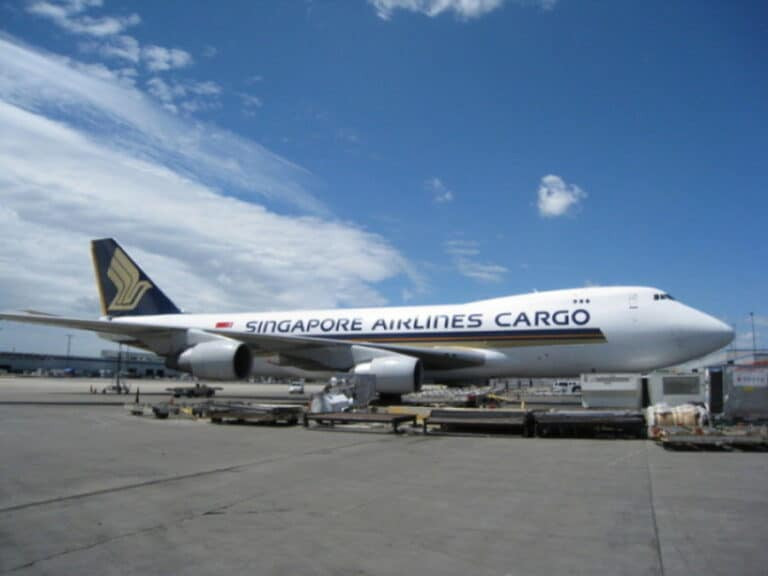Asia Pacific airfreight markets softened in July reflecting a slowdown in world trade activity and weakening demand for the region’s exports, according to the Association of Asia Pacific Airlines (AAPA).
The region’s air cargo market has along with the Middle East been a beacon of growth in the industry, but demand has been hit by China’s slower economic growth over the last few months.
Preliminary traffic figures for the month released last week by AAPA show demand, measured in freight tonne kilometres (FTK) fell by 2.2 per cent year-on-year (YOY) to 5.35 billion, compared to 5.4 billion that was recorded in the same month last year.
Capacity measured in available freight tonnes kilometres (AFTK) rose by 2.9 per cent YOY to 8.63 billion, up on the 8.39 billion registered in July 2014.
The association says these figures led to a YOY freight load factor fall of 3.2 percentage points for the average freight load factor, which was 62.1 per cent for July.
AAPA director general, Andrew Herdman, says: “On the freight side of the business, air cargo demand began the year quite strongly but has lost momentum as a result of a slowdown in global trade and weaker demand for Asian exports.
“For the January – July period, the region’s carriers reported a 3.5 per cent increase in international air cargo demand, down from the 5.3 per cent growth recorded in 2014.”
Herdman adds: “Whilst demand for air travel remains robust, the weak cargo markets highlight some wider concerns about downside risks to the global macroeconomic outlook, including the effects of slower growth in China, exaggerated currency movements and stock market volatility, that could affect both business confidence and consumer demand going forward.”
The FTK figure in July was slightly up on the 5.34 in June, but slightly down on the 5.4 billion in May, but up on the 5.3 billion in April, and down on March, when FTK was 5.9 billion. It was up on February and January, when FTK was 4.8 billion and 5.1 billion, respectively.
The AFTK figure in July is the highest monthly figure achieved by carriers in the region so far this year, as was above the 8.3 billion in June, the 8.5 billion in May, the 8.4 billion in April, the 8.6 billion in March, the 7.4 billion in February and the 8.3 billion achieved in January.
Demand for the first seven months of 2015 rose compared to the same period last year. FTK is up 3.5 per cent to 37.3 billion. AFTK is up by 4.5 per cent to 58.5 billion. The average freight load factor for the first seven months of 2015 was 63.9 per cent, which is a 0.6 percentage point fall on the same seven months in 2014.
There are some positives for carriers in Asia Pacific, as Herdman says they are enjoying lower oil prices. He adds airlines are focused on achieving further cost savings and operational efficiencies, to deliver improved levels of profitability to support future investment.



